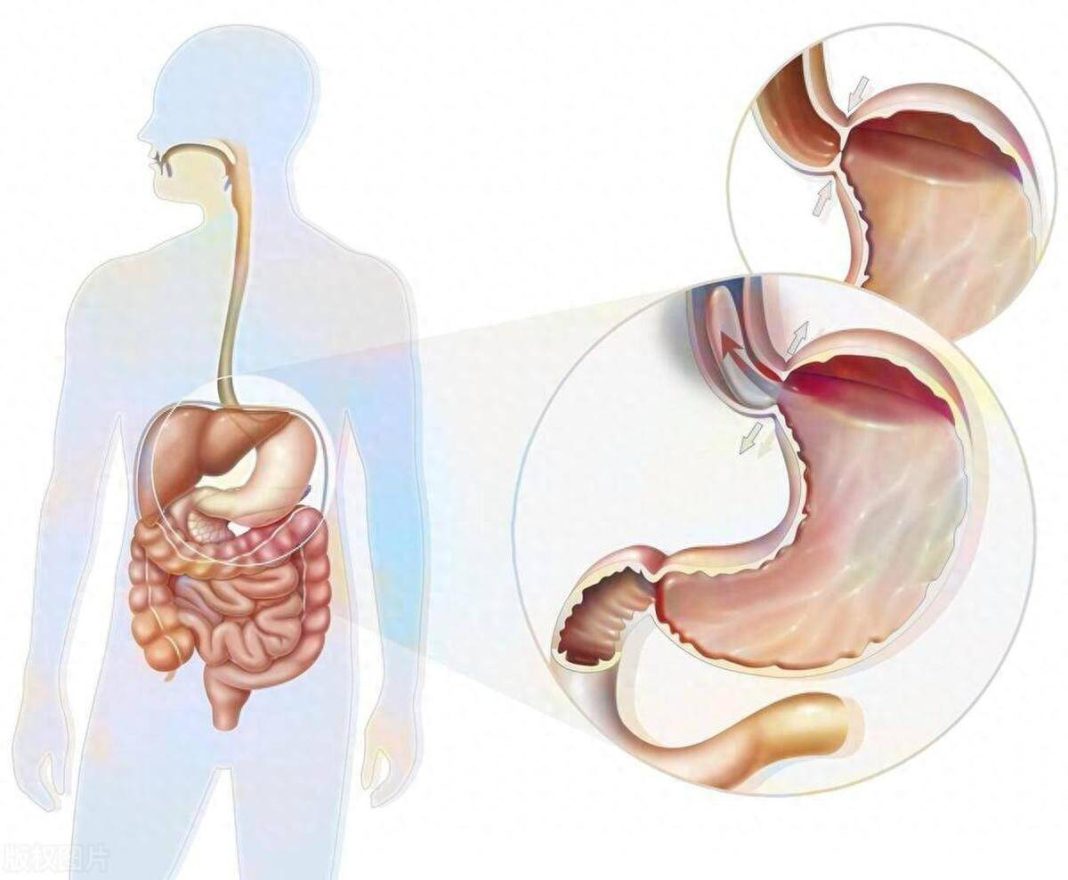In life, you will find that most overweight people have an astonishing appetite; some of them can eat ten buns and three kilograms of meat in one meal, while a thin person might only eat one bun and feel full after consuming a small fistful of meat. You will be amazed at the bottomless pit-like stomach capacity of overweight individuals, and you may envy the bird-like small appetite of thinner people.
In fact, our stomachs are highly elastic; when empty, they are only about the size of a fist, holding just 50-100ml, but can expand to 1.5L when full.
However, when you constantly overeat, your stomach capacity gradually increases to over 3L, and at this point, you will need to consume more food to feel full. Therefore, the stomach capacity of overweight individuals is gradually expanded due to acquired habits.
Many overweight individuals believe that their bodies require so much food to provide energy, but in reality, it is just the stomach that needs to be filled. The body does not require that much energy; the excess energy is converted into fat and gradually causes weight gain.
Therefore, the first step to losing weight is to shrink the stomach. When the stomach shrinks, you will be able to feel full with smaller amounts of food, just like thin people.
For individuals who are significantly overweight, it is unrealistic to choose exercise for weight loss due to lower stamina and heavier weight burdens. You need to reduce your food intake and control calorie consumption through hunger, creating a caloric deficit for your body, allowing it to gradually slim down.
Of course, for overweight individuals, going hungry can be very painful. How can you control calorie intake while minimizing discomfort?
We can try a few methods to scientifically and effectively reduce stomach capacity and lose weight faster!
1. Endure hunger for half an hour before eating; do not eat as soon as you feel hungry. When hunger arises, drinking a glass of water can alleviate the sensation. After half an hour, you can eat; if you persist for over half a month, you will find that your stomach capacity has gradually shrunk.
2. Before eating, consider consuming an apple or a cucumber to reduce hunger; this can effectively control your food intake and significantly reduce calorie consumption.
3. Adjust the eating order; research suggests that changing the order of foods during meals—avoiding starting with meat and staple foods—can unknowingly reduce calorie intake.
During meals, start with a portion of high-fiber vegetables. Dietary fiber expands after absorbing moisture, and it is not easily digested by the body. Vegetables also have relatively low calories, which can help reduce the intake of high-calorie foods. Eating staple foods last can effectively stabilize blood sugar and reduce fat accumulation.


